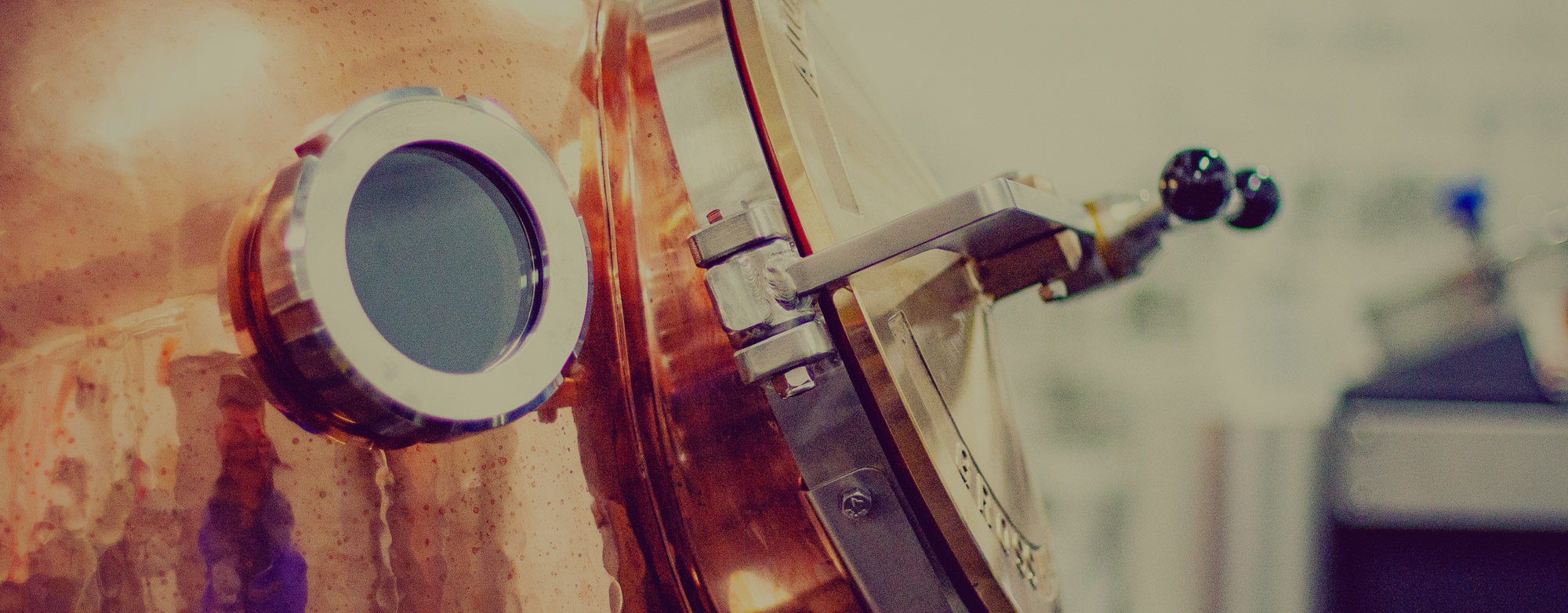
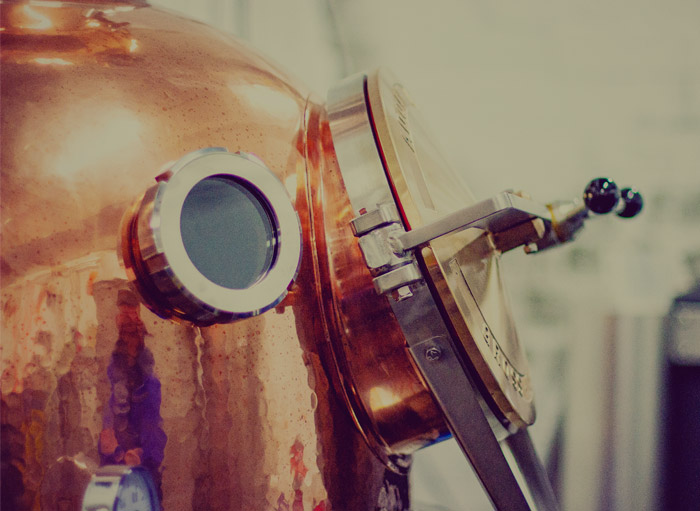


The Future of Gin asks Scotland’s gin makers and distillers their thoughts on what the future of Scottish Gin looks like. How important is sustainability, technology, geographical protection and provenance to them?
Next up is Liam Pennycook, Distillery Manager at Deeside Distillery. Deeside are one of a few who make their own Neutral Grain Spirit (NGS) in Scotland. Some of Liam’s most recent creations include Apple Eau de Vie, the Devil’s Point Rum series, the world’s strongest gin at 77% ABV and a range of kegged drinks including Rhubarb Collins and Bramble Gin cocktails, so we were interested to get Liam’s thoughts on the future of gin.
What’s your name and what do you do?
I’m Liam Pennycook. I’m the Distillery Manager and Head Distiller at Deeside Distillery. I manage the day to day running of the distillery as well as making our full range of spirits.
Some have said we’re currently in a gin bubble – would you agree or disagree and why?
I’m not sure a ‘bubble’ is the best way to describe what has happened with the gin market recently as this implies a certain instability. There has certainly been positive growth for gin in recent years, especially in the premium gin category. However, the implication being that the bubble will burst, seems unlikely. I have had people telling me for some time now that this gin bubble will burst, but I am yet to see any sign of the growth in the industry slowing down.
Where do you see Scottish Gin in 5 years’ time?
I hope that the success of Scottish Gin will expand into global recognition as a premium brand. In the meantime, I hope there will more of a focus on provenance and the transparency that comes with that. Generally, the followers of Scottish craft gin are concerned with where a gin is produced, and this information should be freely available to them. I’m of the opinion that a gin marketed as Scottish Gin should be made in Scotland. The refining of this category will ensure the quality of genuine Scottish gin is secured and prevent saturation of the market.
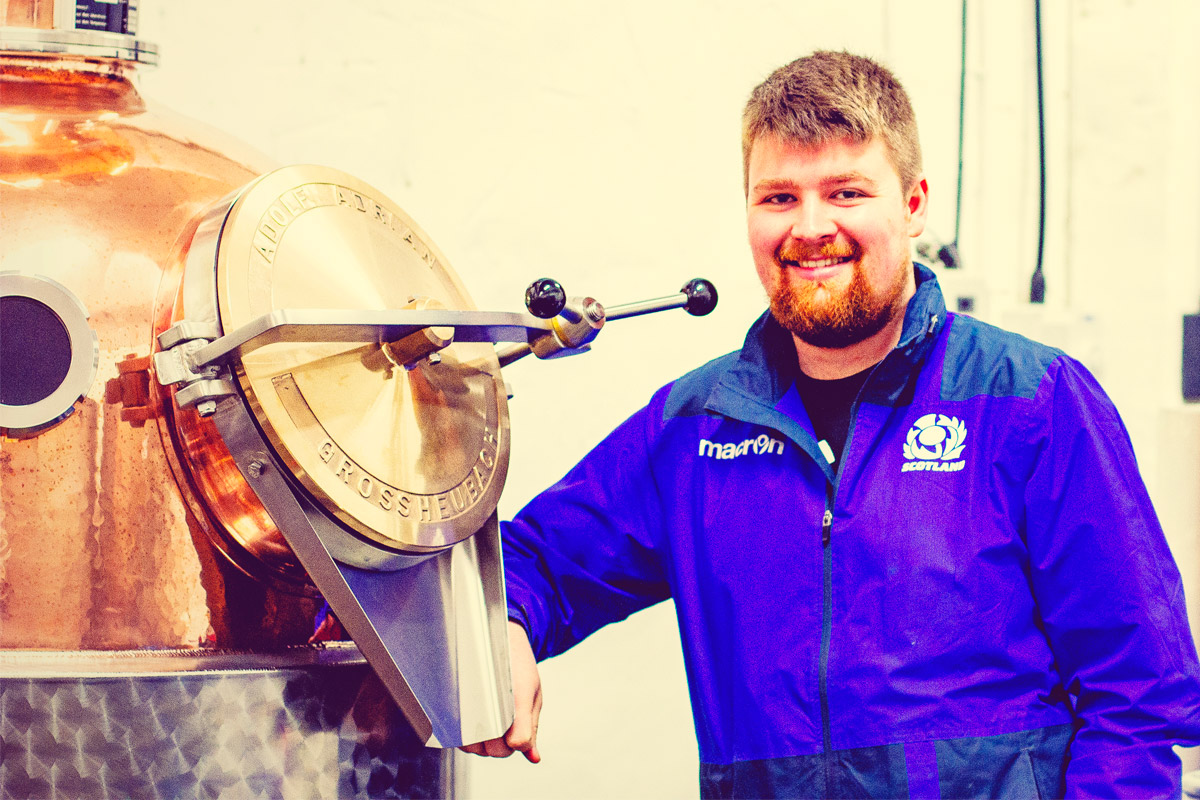
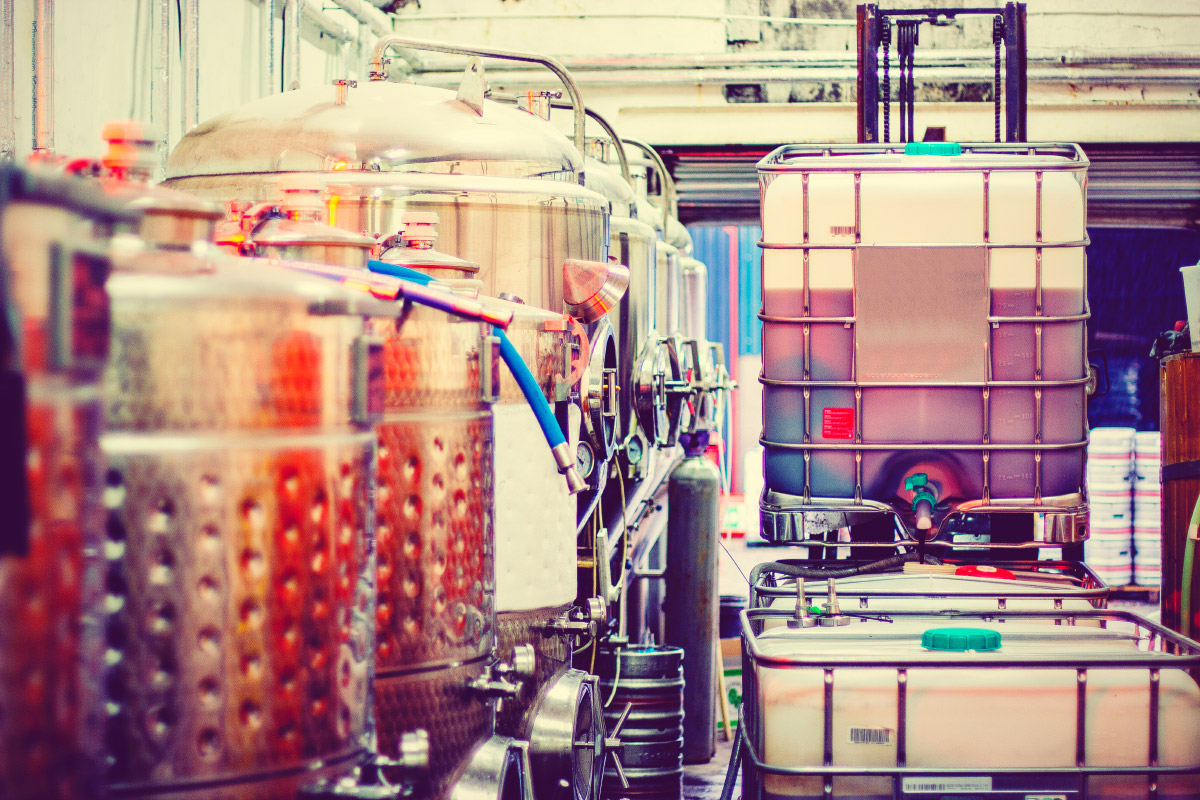
What do you think is the ‘next big thing’ in the world of Gin?
Gin schools are really taking off and I think it’s the next step in getting the public involved in the craft of Scottish gin. The great thing about gin schools is that people can really connect with the industry and this contributes to an interest in provenance and innovation, which can only benefit the longevity of the industry.
What would you like to see more gin makers doing in the future?
Being more transparent with consumers. With the growing popularity of Scottish Gin and the lack of regulation, it has left a lot of room for deceit. If it has been made in Scotland i.e. distilled in Scotland, then it is a Scottish Gin. If it has been made anywhere else, no matter how Scottish your branding sounds, it is not a Scottish Gin. I would also like to see more collaboration in the future. There’s a lot of exciting opportunities in the world of Scottish gin and working together can only increase our strength as a sector.
What are the long term plans for Deeside Distillery?
At the moment we are planning our expansion to a new location in Banchory where we will have the space to build a brand new brewery, distillery, visitor centre, and tap room. This will allow us to increase our levels of production and we’re especially looking forward to getting gin fans coming to see us in a specially designed visitor centre.
Do you think technology will play a more important role in the distillation process?
Yes and no – technology can be helpful but as with everything, technological advances can obscure understanding of how the distillation process works. It’s important to appreciate how botanicals interact with each other and how certain flavours are produced. There are some things that only a hands-on approach can achieve, this is what stands between craft and industrial production.

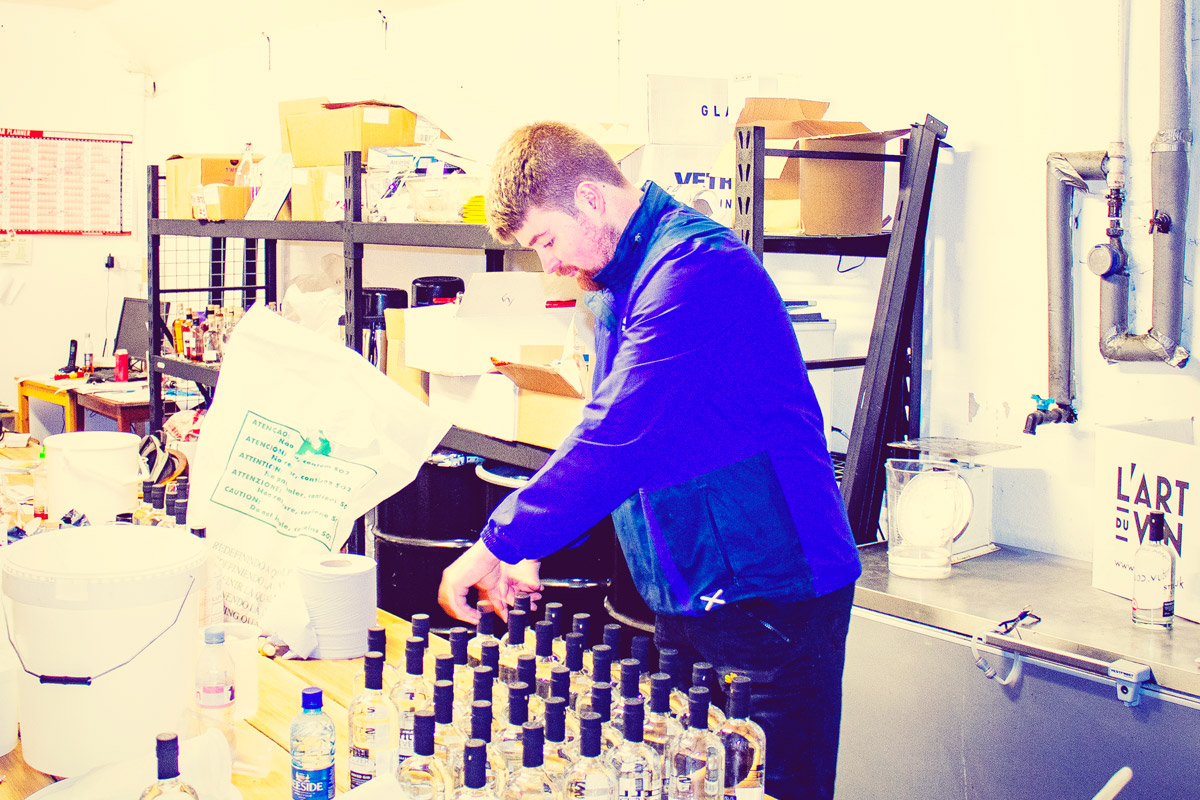
Can you give an example of innovation in your distillery?
I have made an Apple Eau de Vie that I am very pleased with. It is in a cask at the moment, but I can’t wait to release it. We have also produced a range of, ready to drink, kegged cocktails for bars and events. These include; Gin & Tonic, a Bramble Gin cocktail and a Rhubarb Gin Collins.
Would you like to see a Scottish producer making contract NGS?
Personally, we take pride in making our own NGS for our gin by utilising the brewery that we have on-site, so we wouldn’t have any need for a Scottish producer making contract NGS. For us, this is a very important aspect of our gin, but I can understand why the majority of gin producers must buy in their NGS from other producers.
Should gin makers have geographical protection for their gin?
Provenance and heritage are at the core of the Scottish spirits industry and so the geographical protection of gin can only be beneficial to the spirits community and Scotland as a whole.
What support would you like to see available for the Scottish Distillery and Brewery sector?
Within the craft brewery sector, there is already in place a duty break for breweries producing under a certain volume per year. I would like to see the same sort of duty break in place for small distilleries. This would allow smaller distilleries to pay less in duty, giving them more money to spend on establishing their brand and perfecting their products.
Are you finding gin consumers are more aware of provenance and want to know where a gin is made and who made it?
Gin consumers are very much concerned with where a gin is made, it is normally one of the first questions people ask. I think it’s part of a wider awareness where we are all more concerned about what we eat and drink. It’s now commonplace to take a personal interest in not only the heritage but also the modern craft of distillation.
You can learn more about Deeside Distillery here.
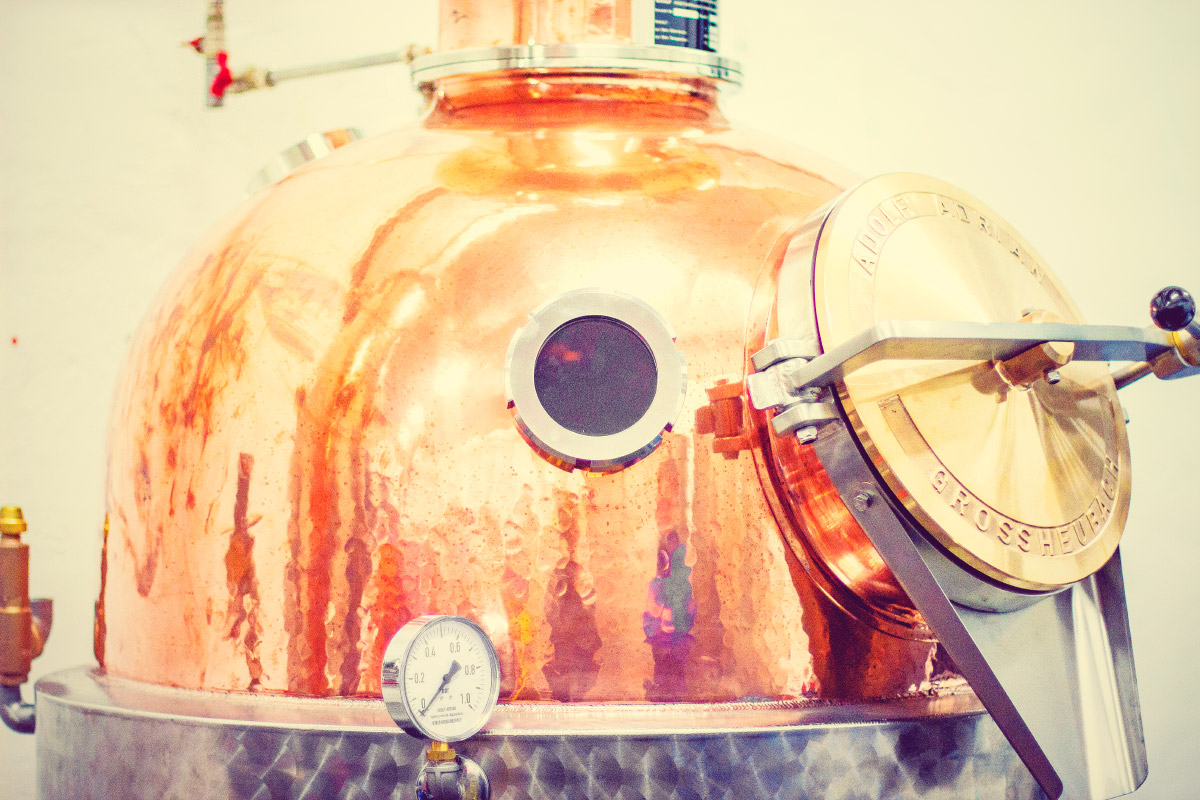
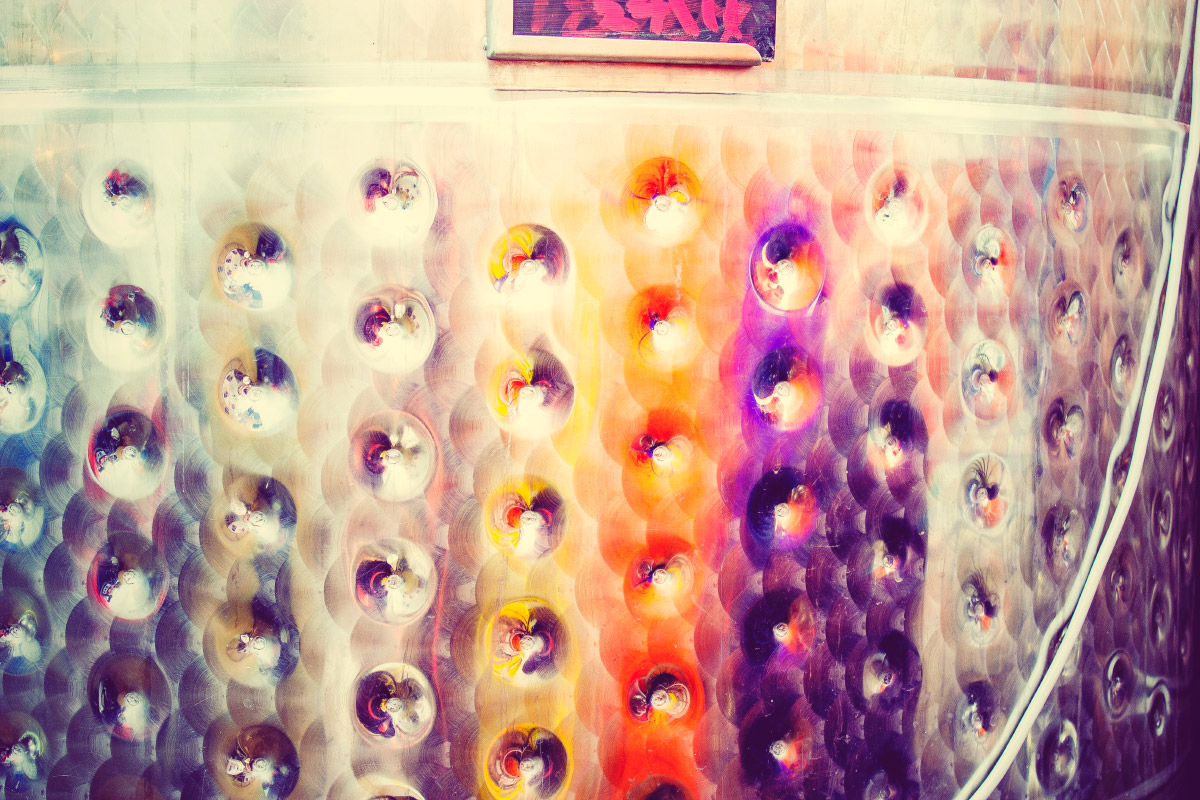
You can learn more about Deeside Distillery by visiting the links below.